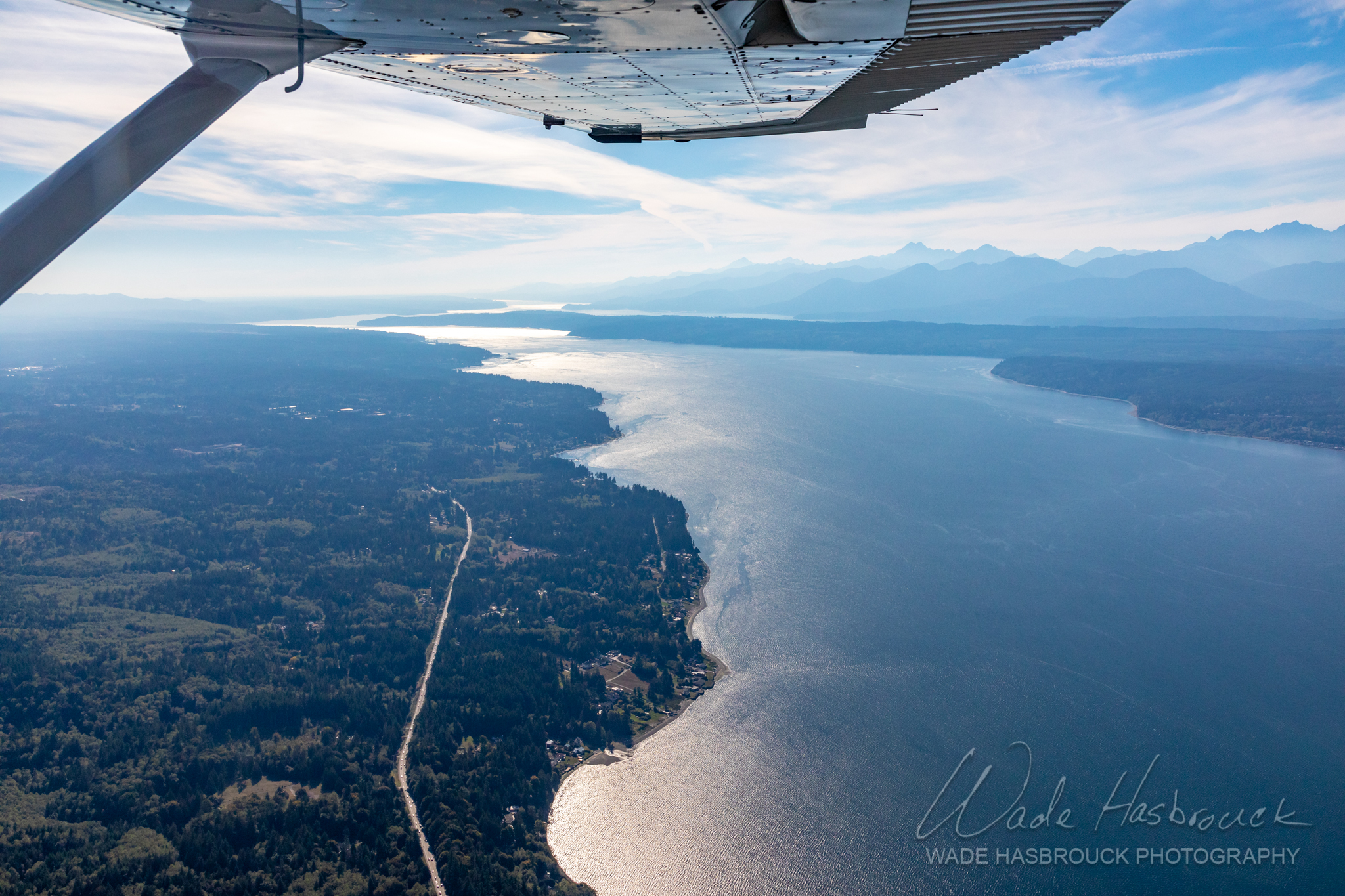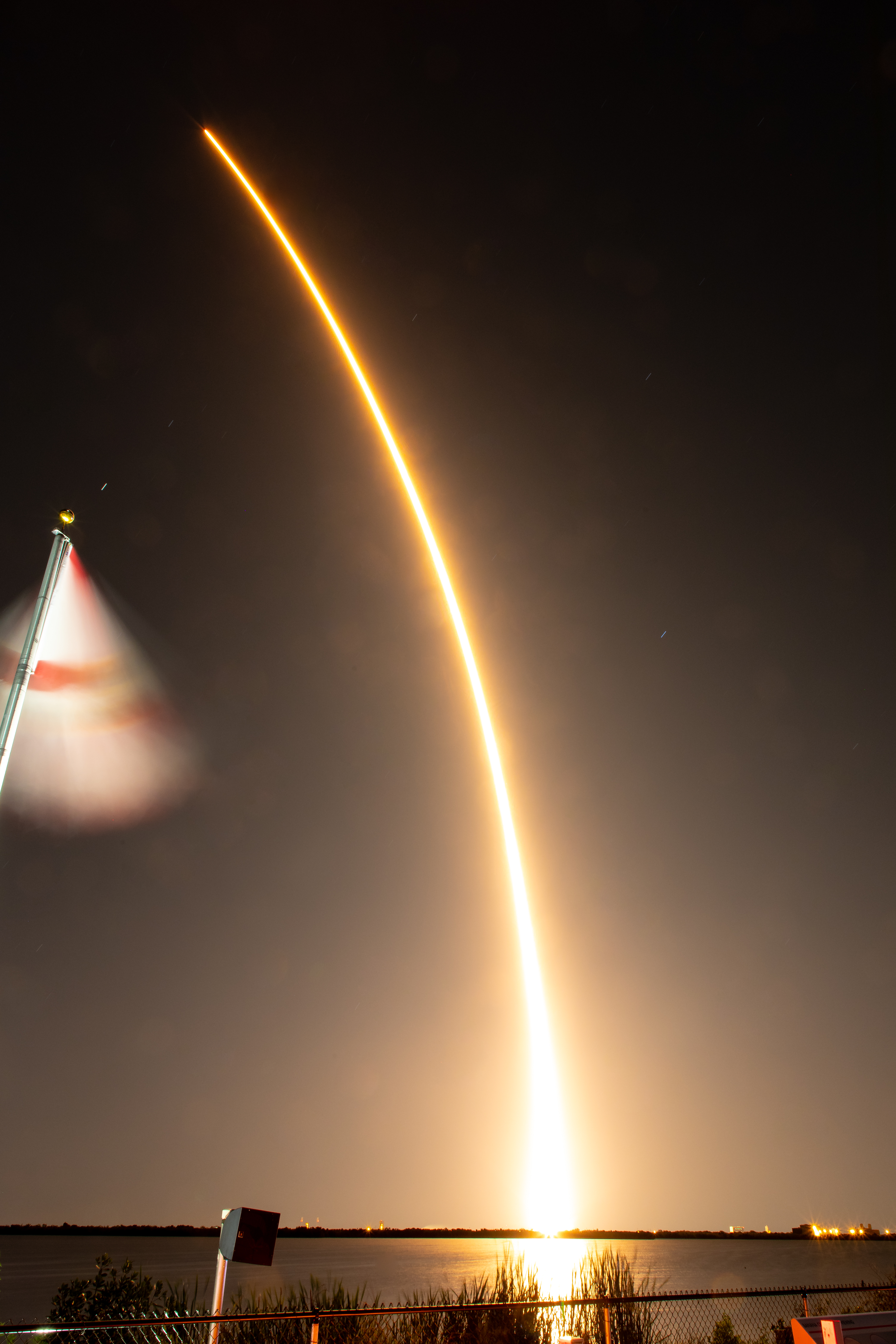
While photography is one of my great passions, it is not my only great passion. One of my other great passions is aviation and flight. This is why I have a private pilot certificate and why I am incorporating aerial/drone photography into my business. It is also one the reason why I volunteer time with Civil Air Patrol (CAP). For those that are not familiar, Civil Air Patrol is the Auxiliary of the United States Air Force and has three missions; Emergency Services, Aerospace Education, and Cadet Programs. I joined CAP as cadet in the 80’s and through them I was able to solo and started the journey to getting my Private Pilot Certificate. As does happen in life, when I started college followed by my career I drifted away for some time. I rejoined as an adult member in 2010, and have been in various leadership roles in the Seattle Squadron for the last 10 years. I have had many opportunities to fly with CAP, and last Saturday was the latest.
Last Saturday our group commander asked the squadron commanders from the group to meet up at Spruce Goose Cafe at the Jefferson County Airport in Port Townsend, Washington. Since I am the Deputy Commander for Seniors for my squadron, and likely the next squadron commander, my squadron commander asked if I would attend in his place. For those that are not aware, the normal way of getting from Seattle to Port Townsend either involves a boat (ferry) or a lot of driving and traffic (drive south to Tacoma, across the Tacoma Narrows Bridge, then north to the north end of the Kitsap Peninsula), neither of which not are great (ferry is mildly fun, but involves a lot of waiting). However, for us aviation people there is an easier way, which is FLY THERE!
In the aviation community, such a flight is referred to as the “$100 hamburger”, as flying someplace for lunch is quite popular amongst the pilot community. As the reference implies, this is not the cheapest way to get a hamburger, but definitely one of the funnest. The cost of the “$100 hamburger” has probably gone up as the the price of fuel and such has gone up, and may now actually be in the $200-$300 range, but does depend on what type of airplane your are flying. For me, this was going to be a “$0 hamburger” as CAP was picking up the cost of the flight, and the Group Commander was picking up lunch.

My CAP squadron is based at Boeing Field in Seattle, and we are the custodians of two aircraft, a Cessna 182 and a Cessna 172, both of what are G1000 (glass cockpit) aircraft. For the flight I would be tagging along with the Overlake Squadron Commander, and since neither of us are current in CAP aircraft we enlisted the services of a pilot member from the Overlake Squadron to fly us up there. I expected that I would be in the back seat, so I made sure to take my “big camera” with me so I could get some shots during the flight there and back.
The flight from Boeing Field to Jefferson County Airport is pretty short, only about 30 minutes, if that. Boeing Field is an interesting airport to fly in and out of as it is essentially right next to Seattle-Tacoma International (Sea-Tac), the major airport for Seattle, and also right next to Renton Municipal Airport. Boeing Field is one of the busiest General Aviation airports in the country. When you operate at Boeing Field, you will most definitely have large jets bound for Sea-Tac going over you. Myself and the Overlake Squadron Commander arrived at Boeing Field about 10am where our pilot was waiting for us ready to go, since he arrived early to preflight the plane and get it ready. Since our pilot had the plane all ready to go, all we had to do was load our stuff and be on our way. As I expected, I was relegated to the backseat, which I was fine with as the this airplane has a “camera window”, a small clear door in the rear side window that opens so you are not shooting through the “plexiglass” that is the side window.

Departing Boeing Field, I got some shots of Boeing Field and a Piper Meridian that was piloted by a good friend of mine that took off after us. As we made our way past Seattle I got some shots of not just the Seattle Skyline, but the construction for the new west approach to the SR-520 Bridge. Using my fisheye lens I got some shots looking out the front while we were on the ground at Boeing Field, and on short final to Port Townsend. Took the obligatory photo of a ferry and saw some interesting color patterns in the water is it met parts of the Kitsap Peninsula.
After meeting some new people, getting lunch, and talking about issues relevant to the group, we left to return to Boeing Field at about 3pm. At that time of day the light reflects off the water a bit differently giving a very nice photo. We flew the “Green Lake Approach” which was new for me. While I did my private pilot training at Boeing Field, it has been a while since I have flown in or out of there, and this was a new approach. It is interesting in that it puts you really close to the buildings on the non-water side of Seattle. I have flown along the Seattle waterfront many times, but this was different.
All in all, it was a great flight. Weather was great, air was smooth, food was good, and camaraderie was great. See the slide show below for all of the photos.


